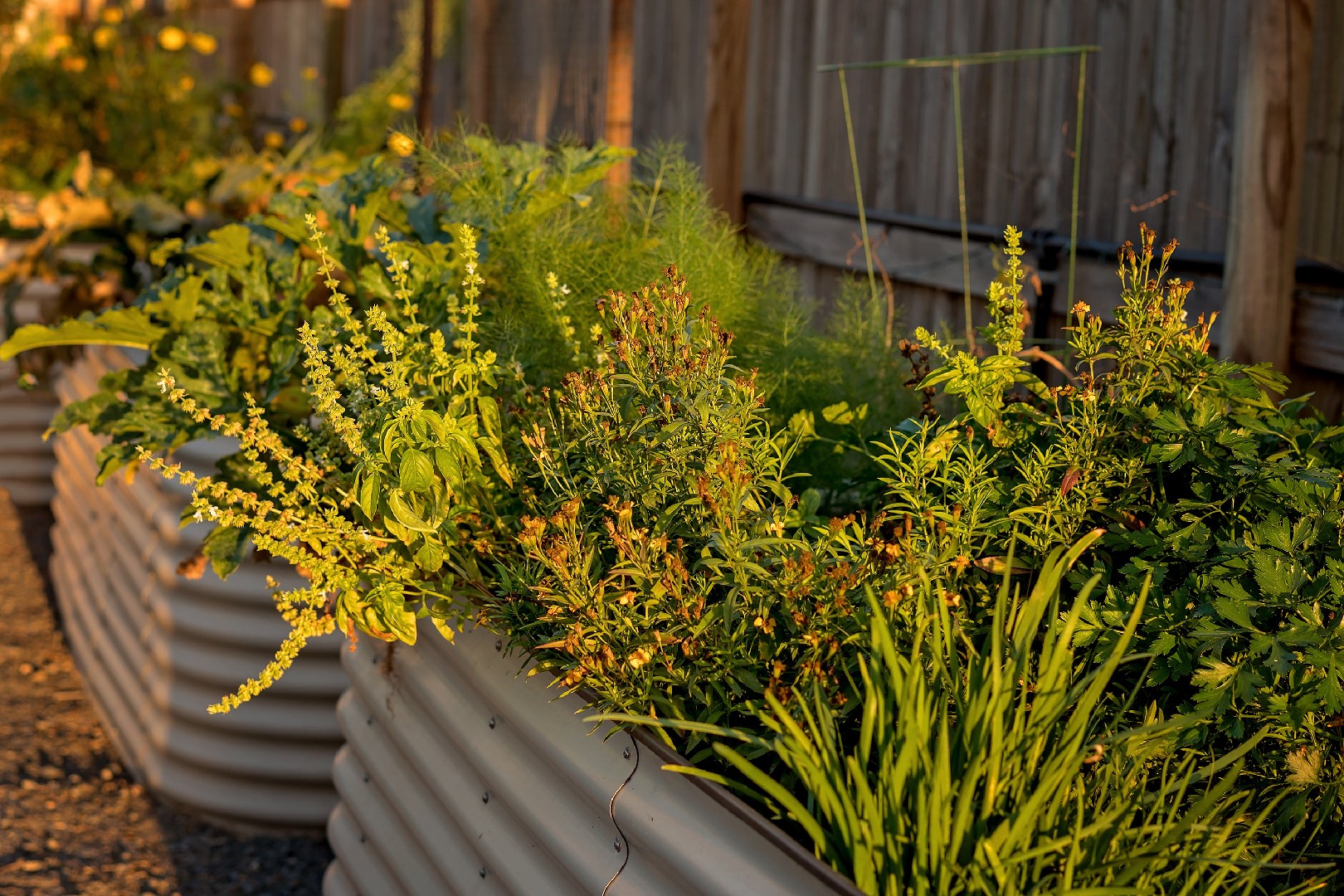![Rectangle]()
Proper Herb Care for Homegrown Flavors
Growing a tiny herb garden in your urban space can be a rewarding and enjoyable experience. Not only do you get to enjoy the fresh flavors of homegrown herbs, but caring for your plants can also be a therapeutic and relaxing activity. In this section, we will discuss the basics of optimal watering, sun exposure, and soil needs for different herbs, as well as common pests and diseases often seen in herb gardens and natural remedies to control them. We will also provide recommendations for pruning and harvesting herbs to encourage robust growth.
Proper watering is essential for the health and vitality of your herbs. Most herbs prefer well-drained soil, so it's important to water them deeply but infrequently. This means allowing the soil to dry out between waterings. To determine if your herbs need water, simply insert your finger into the soil up to the first knuckle. If it feels dry, it's time to water. Be sure to water the base of the plants, avoiding the leaves to prevent fungal diseases.
Sun exposure is another crucial factor in herb care. Most herbs thrive in full sun, which is at least six hours of direct sunlight per day. If you're growing herbs indoors, place them near a south-facing window or use artificial grow lights to provide sufficient light.
Different herbs have varying soil needs, so it's important to use the right type of soil for each herb. For example, herbs like rosemary and lavender prefer sandy, well-draining soil, while herbs like parsley and chives do well in loamy soil. You can amend your soil with organic matter like compost to improve its texture and fertility.
Unfortunately, herb gardens are not immune to pests and diseases. Common pests in herb gardens include aphids, snails, and spider mites. To control these pests naturally, you can introduce beneficial insects like ladybugs or use organic pest control sprays made from neem oil or garlic. Some herbs, like basil and oregano, are also prone to fungal diseases like powdery mildew. To prevent fungal infections, ensure good air circulation around the plants and avoid overhead watering.
To encourage robust growth and prolong the lifespan of your herbs, regular pruning and harvesting are necessary. Pruning helps maintain the shape of the plants, encourages bushier growth, and prevents them from becoming leggy. Harvesting your herbs frequently not only provides you with fresh flavors but also stimulates new growth. When harvesting, make clean cuts just above a leaf node to encourage branching and ensure the plant continues to produce more leaves.
With these basic care tips and practices, you can cultivate a thriving herb garden in your urban space. By providing the right amount of water, sunlight, and soil conditions, and by taking action against pests and diseases, you can enjoy a bountiful harvest of homegrown flavors all year round. So why not start a tiny herb garden today and embark on your own journey of culinary delights?





